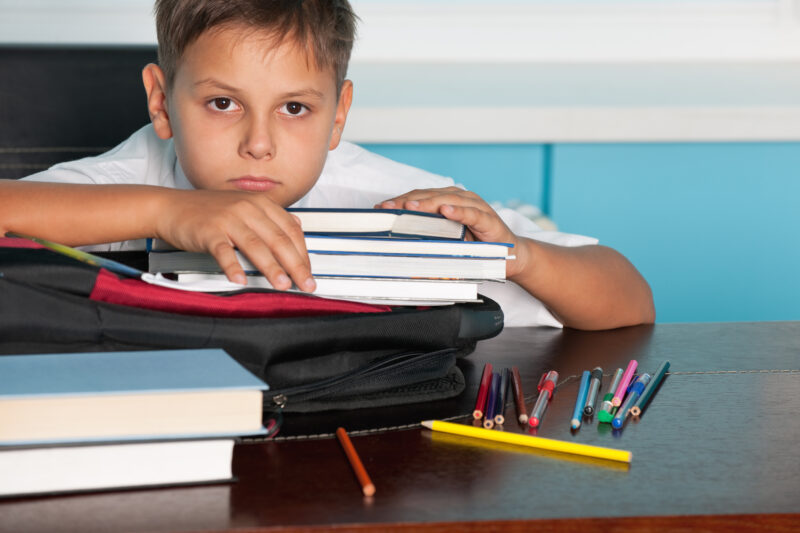As schools are moving to virtual learning this Fall, many parents are feeling overwhelmed with how to best help their children learn. Since most parents out there are not trained to be teachers, and many have full time jobs and other kids at home, remote learning may seem like a daunting task. Take a deep breath and tell yourself that you can do it! There are many creative, alternatives to help your children with remote learning during this pandemic.
One concept is based on “micro-schools.” Micro-schools is a broad term used to describe small neighborhood schools that usually enroll fewer than 10 children. In the age of COVID-19, many parents are taking the micro–school approach into their own hands and creating “pandemic pods.”
Pandemic Pods are a great way to create an environment for your children to learn as well as socialize with their peers.
One way to use these pods is to rotate houses with a few other families. Each parent could take a day to teach the subject that they know the best such as Math, Science, History or English/ Writing.
Another way to use these pods is that each parent could teach the kids about their profession or hobbies, or about anything they know and care about. If you have school-aged children, these pods ideally would supplement, not replace the virtual learning that is happening with the school. However, you use them, the “Pandemic Pod” idea can expose kids to many different subjects and ideas.
Keep in mind, even though you may be working full time, you can be creative and hold “school hours’ at untraditional times such as in the evening from 5-7 while the kids can eat pizza while learning.
Here are three things you can do to make learning more fun:
- Cooking/Baking: Children love to help bake and cook. Cooking works on reading, math skills as well as problem-solving, and creativity. It allows children the opportunity to use the knowledge they have and apply it by counting, measuring, following a sequence, following directions, and cause and effect. It also helps them use their senses of touch, smell, visual, taste and sometimes even sound. It’s a fun project that they can do independently or cooperatively with a family member. Baking or cooking can build confidence and self-esteem in your child when the entire family enjoys the baked or cooked goodies.
- Drawing/ Coloring- According to Beaumont.org., Coloringhas the ability to relax the fear center of your brain, the amygdala. It induces the same state as meditating by reducing the thoughts of a restless mind. This generates mindfulness and quietness, which allows your mind to get some rest.Create an Art class for your child which will help improve fine motor skills, visual analysis and it helps develop concentration, eye hand coordination and teaches creative problem solving. Young children do not yet understand some concepts such as distance, size comparison, and textural differences. You can have your child go outside and find a variety of objects to create an art project. Crayola also has free coloring pages https://www.crayola.com/featured/free-coloring-pages/ Or give your child an art prompt such as draw your favorite vacation, or your favorite animal and where they would live. Find a place in your house and hang your children’s art work up. Kids love seeing their masterpieces displayed which gives a sense of pride and accomplishment.
- Physical Activity- Find a way to create your own PE class at home. Physical activity creates physically healthier children. … it also contributes to cognitive and social/emotional development, improves sensory skills, Increases attention span and releases positive endorphins in the brain which makes you feel better and happier. Physical activity also helps increase your immune system which is what we want for our children especially now as we are in the middle of a Pandemic. You can create obstacle courses outside or in the home for your children such as stations with hopping, push-ups, climbing over things, jumping jacks, a crab crawl. Or draw a course with chalk outside that they have to ride their bike through or run, or walk. Time them for each way they do it and have them work on increasing their time. Kids love doing this against siblings or a parent.
The most important thing during this time is finding alternatives to help your child learn that is fun, engaging and gets them moving especially as kids will be sitting more than ever with virtual school.
